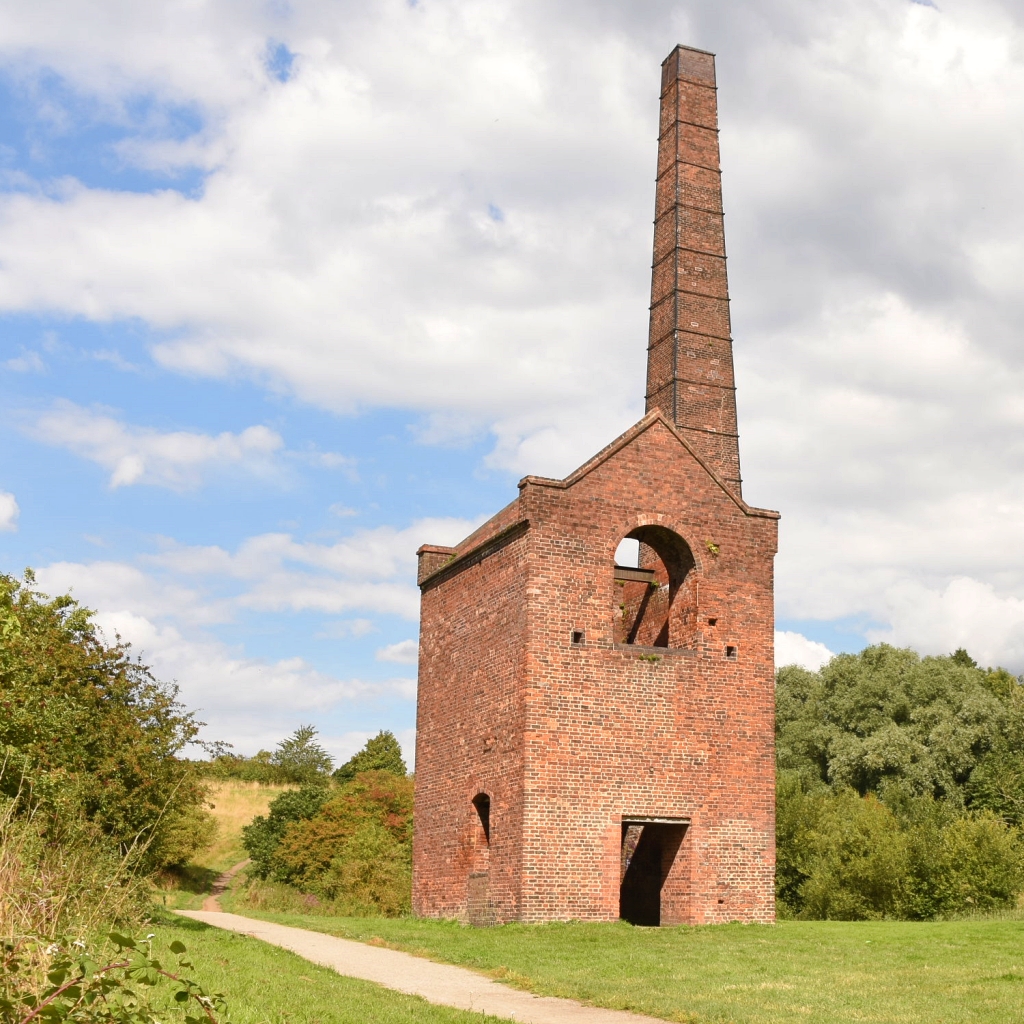Cadbury Chocolate
Ask anyone in England what Cadbury Chocolate means to them, and you'll get a variety of answers: youngsters will talk of a monkey, grown-ups will mention the phrase "And all because the lady loves....". They will talk of crazy eggs and red and blue billboards with cryptic clues. They'll talk of Roses and Heroes and chocolate bars. And they'll talk of bunnies.
And they're not the only ones, because the bunny is famous across the world.
The delightful company that brings you the Cadbury Bunny and all his impersonators each Easter in the U.S. has an equally warm and pleasing history.
The company that advertises Cadbury chocolate with animals wearing bunny ears hoping they'll be mistaken for the company mascot started long before there were ads to lure you into purchasing their brand.
John Cadbury was a Quaker and followed his religion closely. Because of his beliefs, he faced discrimination. University was not an option given to Quakers; so instead, John opened a grocery store in Birmingham, England in 1824.
He stocked many different foods but among them were his favourites, drinking chocolate and cocoa. He liked them so well that by 1831 he decided to open a factory in Crooked Lane to make those same products.
His passion for his products showed through and his business grew until - in 1847 - he decided to open an even larger factory.
When John's health waned his sons took over the business, and in 1879 - 13 years after purchasing a cocoa press - they moved the factory to the countryside and called the area Bournville.
In those years, living and working conditions for Birmingham's factory workers were deplorable and the Cadbury Brothers wanted to do something about it. Their Quaker upbringing and belief in social reform to end poverty drove them to create the "Factory in a Garden."
And they created something oustanding. The Cadbury factory had heated dressing rooms, kitchens to prepare a warm lunch, gardens and even sports fields.
The brothers built homes for senior employees and foremen. They even arranged subsidised fares for those of their employees who had to take a train to work and eventually made swimming pools for their employees!
The Cadbury business grew but the company always took care of loyal employees. It bought land and built a community for Cadbury workers, including the Bournville Almshouses that housed pensioners who previously worked at the factory.
Cadbury Chocolate Bar Links to Cadbury Shop on amazon.co.uk
The company had many firsts besides the village. The Cadbury's were the first to have a five and a half day working week, giving their employees Saturday afternoon holiday. They had medical and dental departments and started a pension. They also gave employees the day off for bank holidays. Education was encouraged and workers attending night school could leave work early to go to classes.
Is it any wonder that those other animals want to be the Cadbury Bunny? Cadbury treated their employees with respect at a time when few other factory owners did so.
Of course, it wasn't all about the employees. This factory that opened to produce cocoa and chocolate drink presented its first eating chocolate to the public in 1897.
By 1905 they began making Cadbury Dairy Milk and the product range continued to grow.
The wars slowed the factory down a bit. Rationing created problems for many different industries and chocolate was just one of them. Chocolate was a luxury and luxuries were rationed.
Once the war ended, the company's business began to grow again, but nothing charged the growth as much as the decision to advertise on the new media, television.
Cadbury Chocolate ran their first ad on the first night of commercial television in England and they never looked back.
Over the years, they've created many memorable campaigns, ads that bring a smile to people's faces when they remember. Helicopters, cat burglars and monkey's drumming like Phil Collins .. anyone?
Infamous Cadbury Chocolate Gorilla Advert
Cadbury Chocolate 200th Year Advert (2024)
In 1969 they merged with Schweppes, something the original Cadbury family might have protested against, considering that John, as a Quaker, was highly opposed to the consumption of alcohol.
The Cadbury Company and Schweppes parted ways again in 2008, after Cadbury bought a variety of chewing gum brands like Stride and Trident.
The Cadbury Bunny received a make over in England in 2009. The British representative for the company is female, and after the make over it was very noticeable that curves and lipstick had been added. And in true Cadbury Chocolate advertising style, the celebration for her reappearance included a give-away of 100,000 Dairy Milk Carmel Bars.
If you can't seem to get enough of the Cadbury Chocolate, then a visit to Cadbury World in Bourneville is a great side trip when you're in England. The park is as educational as it is fun with plenty to do for kids of all ages.
And meanwhile, you can always stock up on some of the old (and new favourites). They're always good to have in the house.
For more tasty ideas return to English food.







